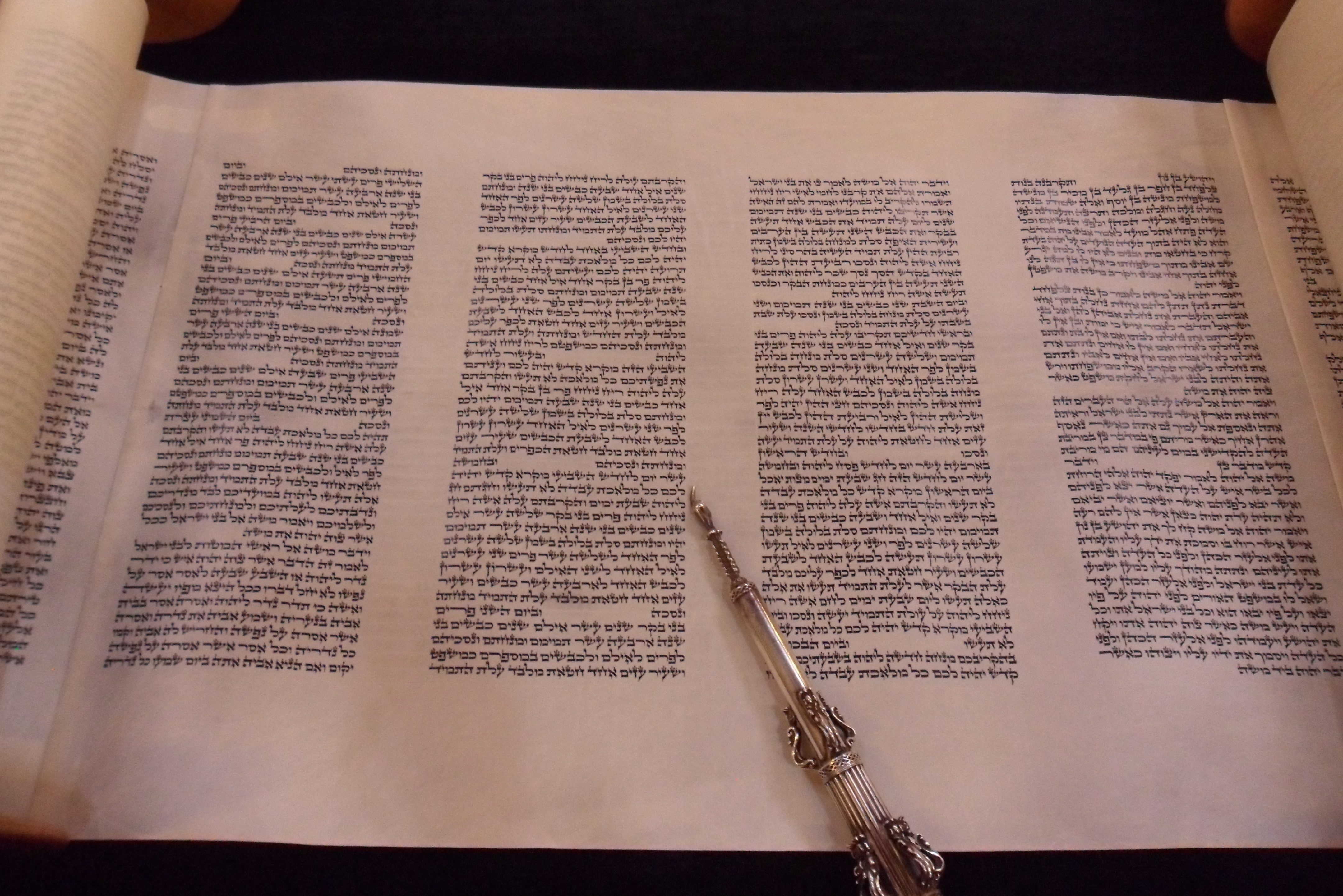On the morning of Yom Kippur, two Torah Scrolls are removed from the Aron HaKodesh (Holy Ark).
The Torah Reading is from Vayikrah (Leviticus) Chapter 16, verse 1-34. This portion discusses the instructions to Moshe and Aharon concerning the procedure for the priestly service on Yom Kippur, which would enable them to achieve atonement for Israel. The portion then details the laws of Yom Kippur. There are six aliyahs (a number used only on Yom Kippur) and a Maftir. When Yom Kippur falls out on Shabbos, there are 7.
The Maftir is read from a second Torah Scroll and is from BaMidbar (Numbers) Chapter 29, verse 7-11. The maftir relates the Sacrificial Service for Yom Kippur.
Following the Maftir, the Haftorah is read. The Haftorah is from Yeshayahu (Isaiah) Chapter 57: verse 14 until Chapter 58, verse 14. Isaiah urges the Jewish People to return to Hashem through good deeds, kindness and sincere Teshuvah.
In the afternoon, during Mincha, one Torah Scroll is removed from the Aron HaKodesh.
The Torah reading is from Vayikrah (Leviticus) Chapter 18, verse 1-30. The portion deals with forbidden sexual relationships. Though the exact reason for reading this section now is not entirely clear, here are some possible reasons. 1) They are read now because everyone is in shul. 2) It is as if to say, “Though right now you are on a lofty spiritual level on Yom Kippur, don’t think you cannot drop down in a second to the worst abominations. 3) The cornerstone of morality is self-control over animal sensuality (Hirsch)
Following the three aliyahs, the Haftorah is read. The Haftorah is the book of Yona (Jonah). Though everyone knows that a large fish swallowed Yona, the message of Yona is actually a timeless lesson in the power of Teshuva and G-d’s desire to help man rather than punish him.

